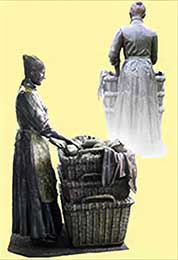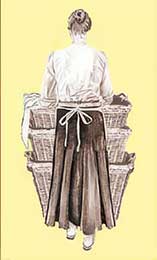







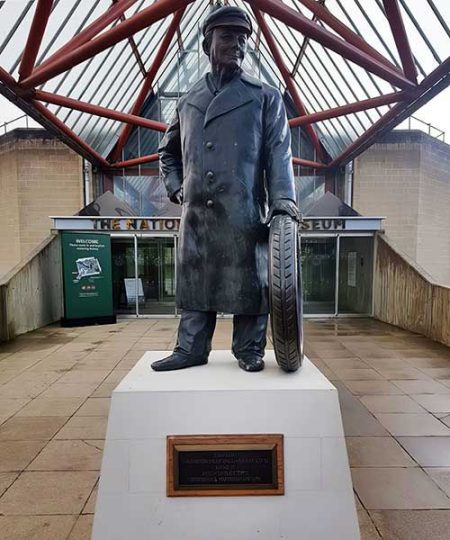









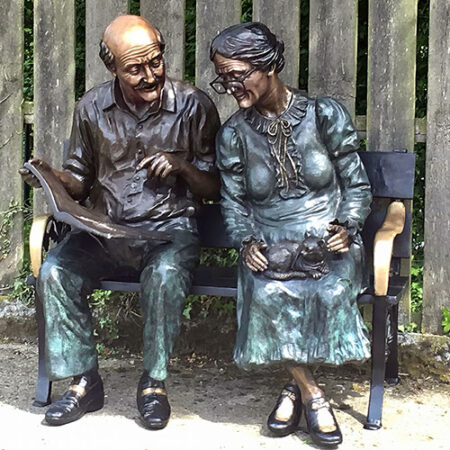



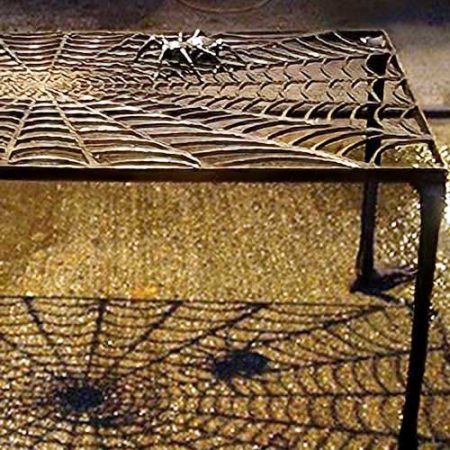


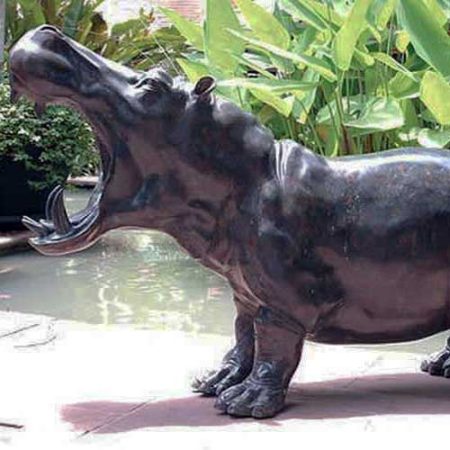



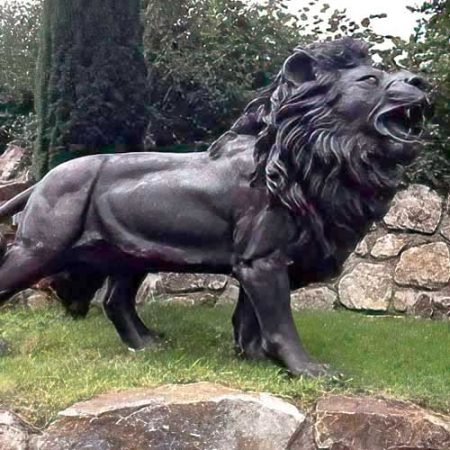

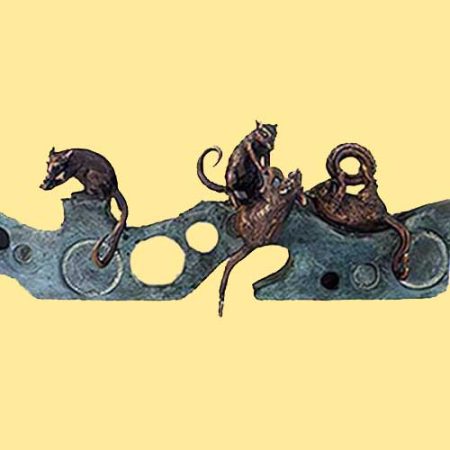
















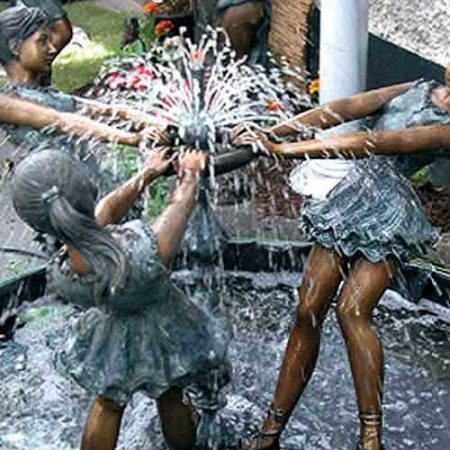
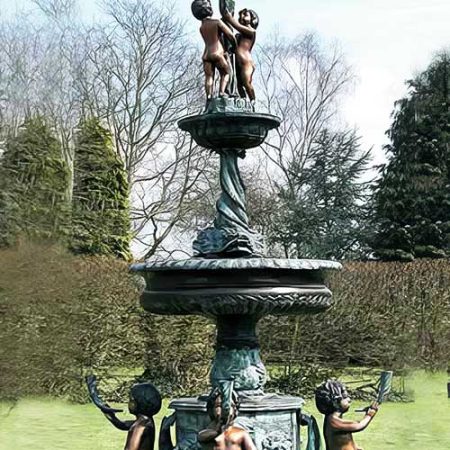
The bronze Mossley Mill Girl statue stands outside the George Lawton Hall on Stamford Street, Mosley, Tameside, Greater Manchester, England, which is where the Mossley Mill originally stood
This sculpture is the fifth in a series of of six commissioned bronze statues produced by Escar UK Bronze for Greater Manchester Council and was unveiled on the 18th of December 2006 by Gina Smith aged 82, who worked at the nearby Albion Mill until its closure in 1942
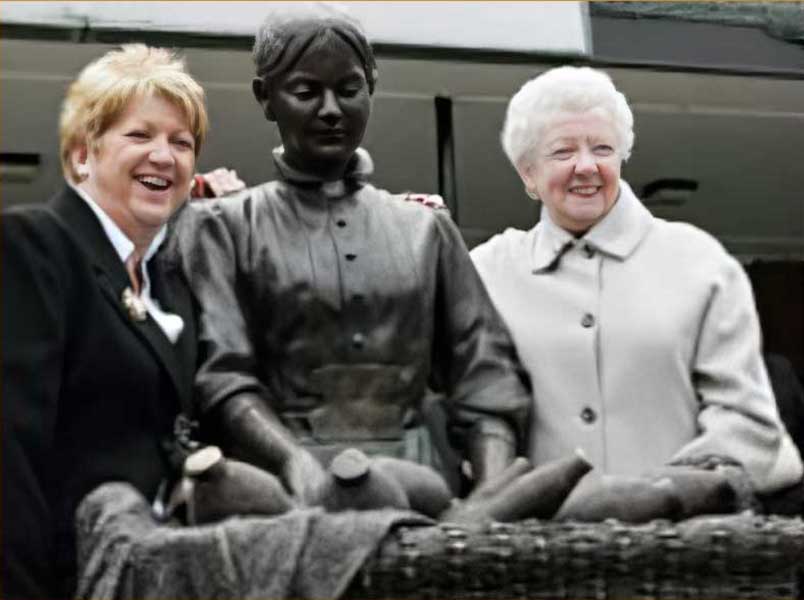
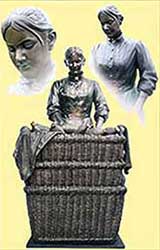
The Mossley Mill Girl and represents the town’s image as one of the region’s textile powerhouses and is in traditional costume to show how mill girls would have looked during their heyday in the late 1700’s and 1800’s
The statue’s significance lies in its representation of the often-overlooked contributions of working-class women to the industrial economy of the 19th and early 20th centuries
The Mossley Mill employed local people for nearly two hundred years and is a poignant reminder of the contribution women made to the Industrial Revolution
These women known as Mill Girls worked long hours in the factories, enduring harsh conditions and low wages in order to support themselves and their families
But despite the challenges, they played a crucial role in driving economic growth and shaping the social fabric of their communities
Thankfully, throughout the 1900’s conditions gradually improved, with the introduction of various work-related government acts and regulations to working hours, holidays and health and safety
In 1868 the Mossley school was set up to give factory worker’s children a basic education and night classes were also provided for adult mill workers and local farmers
